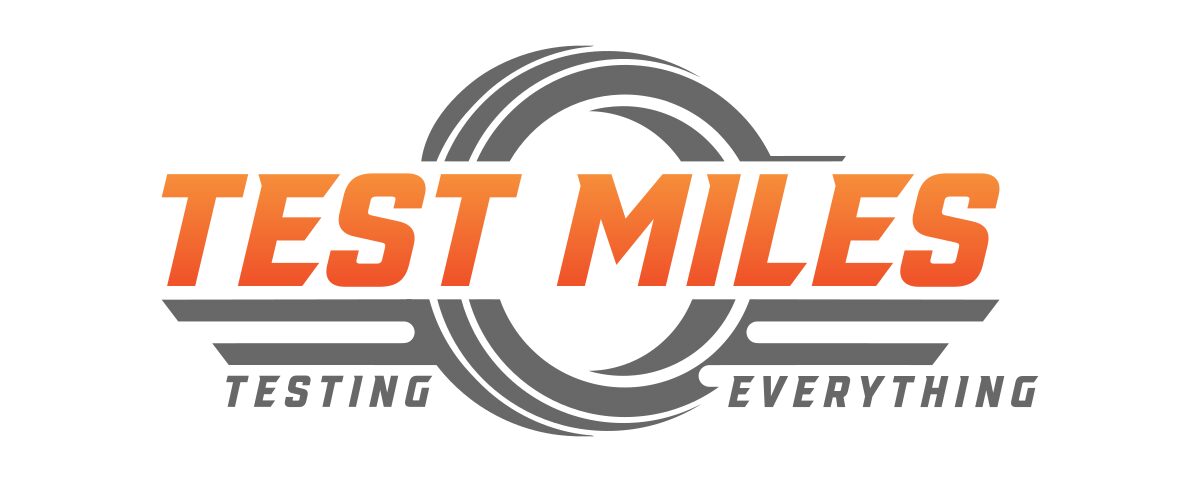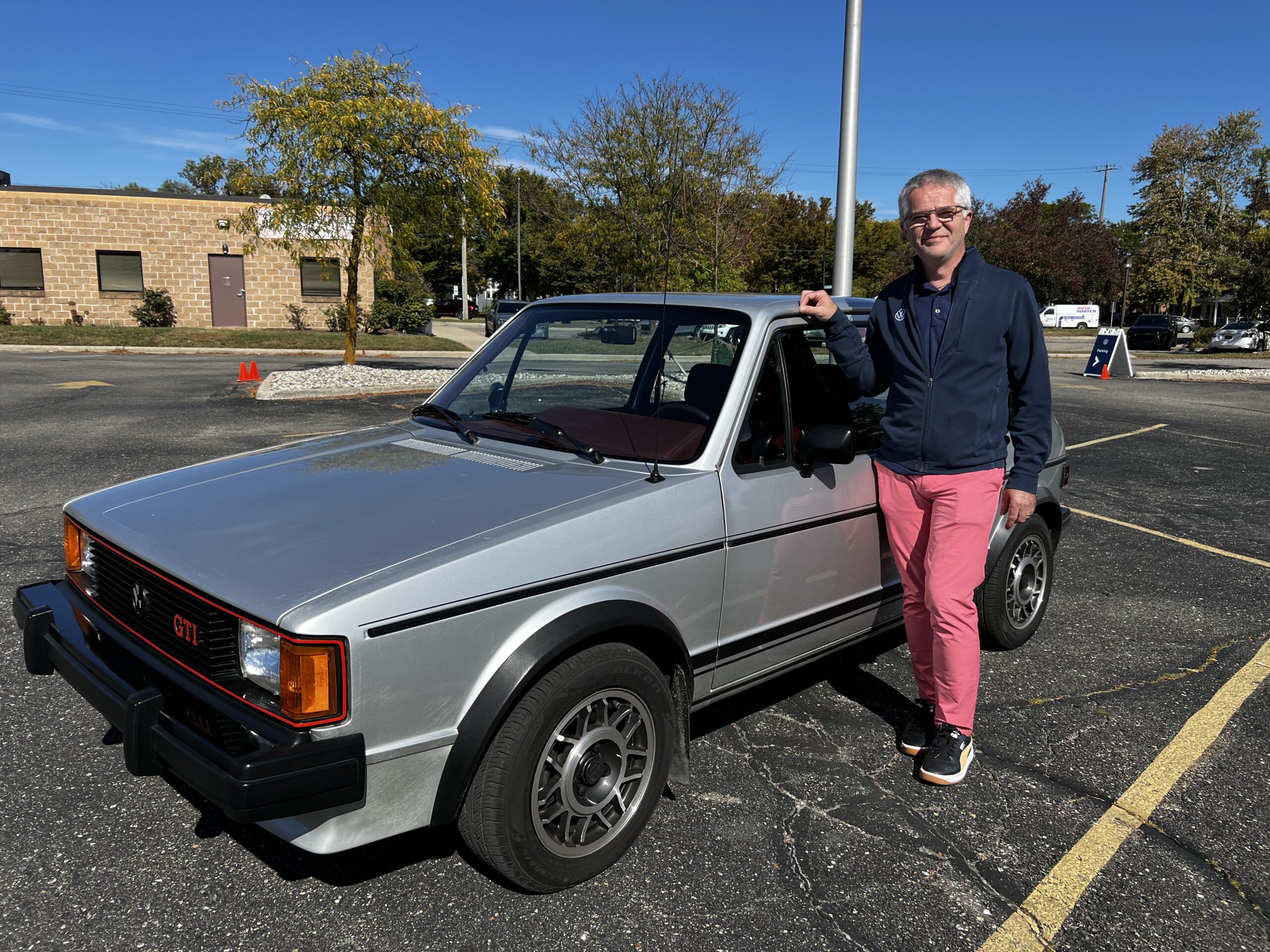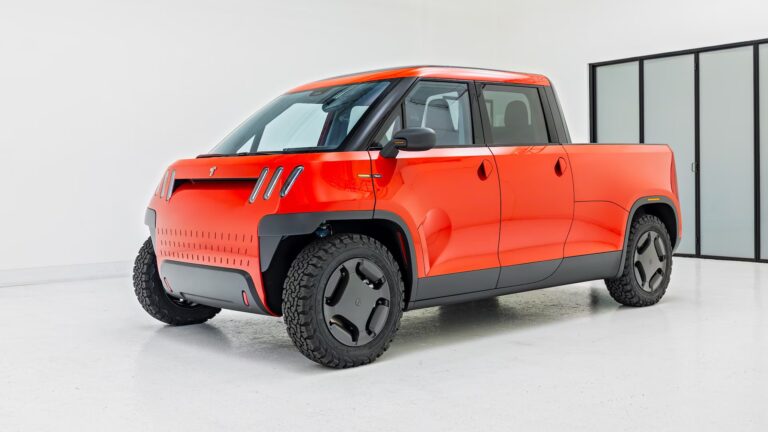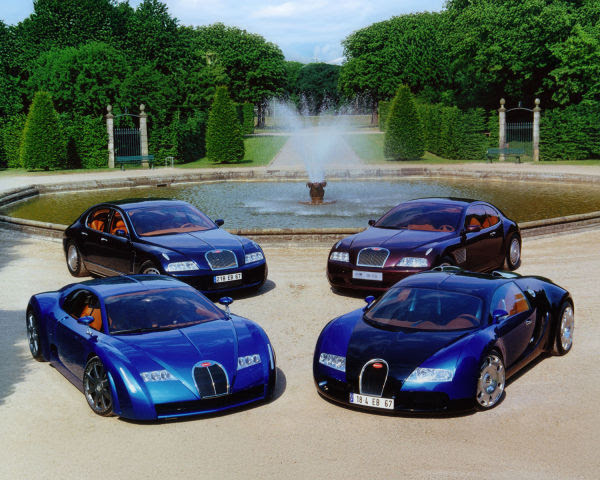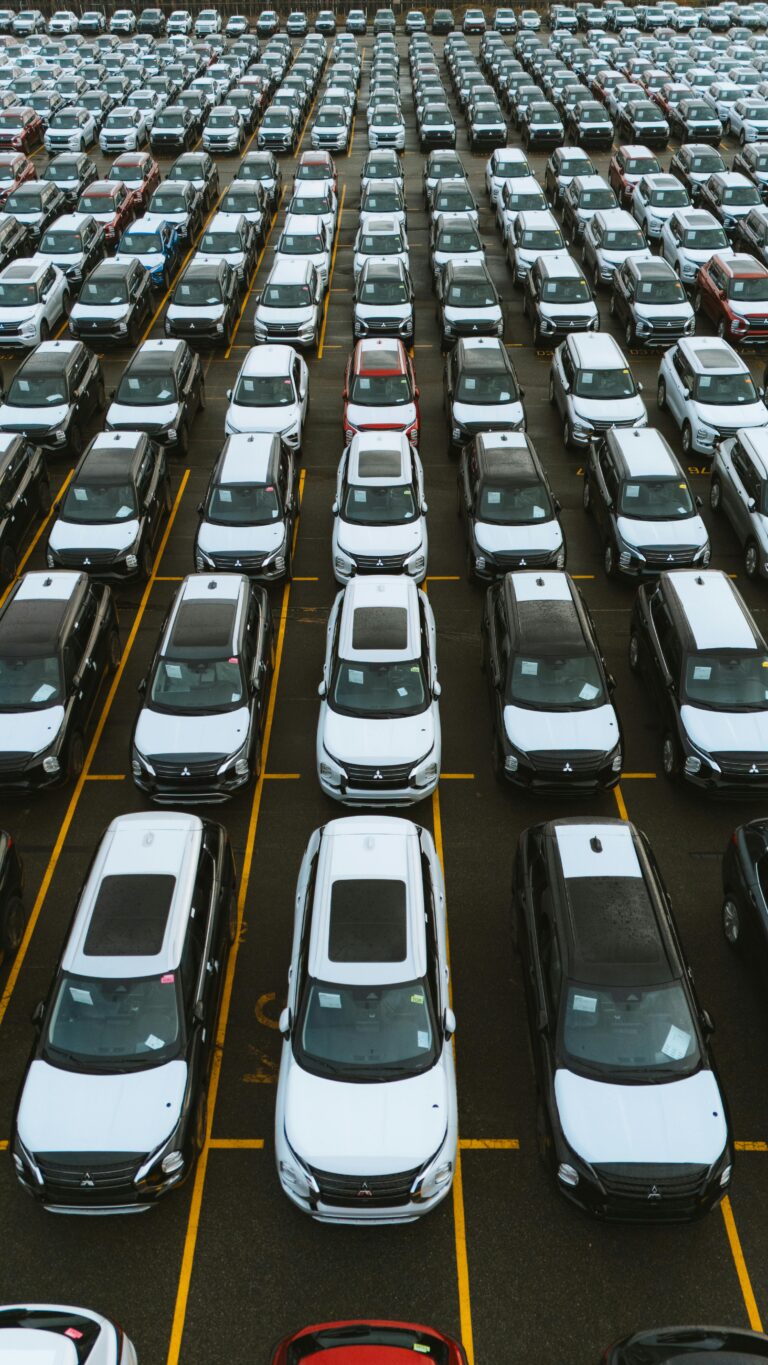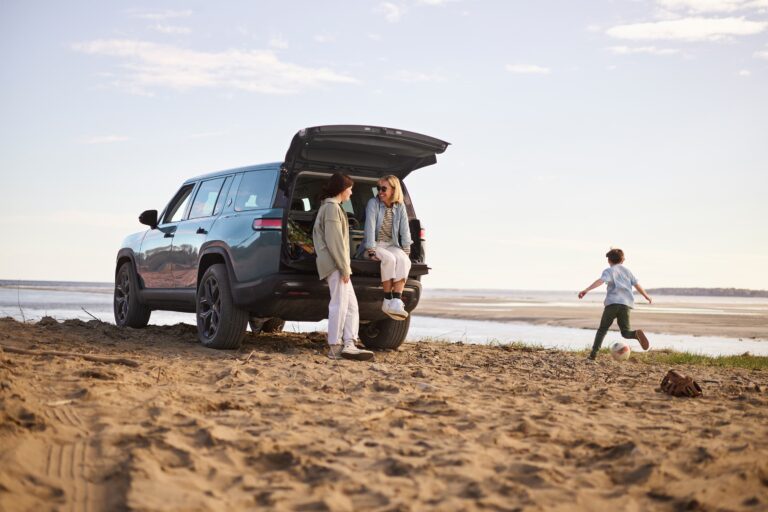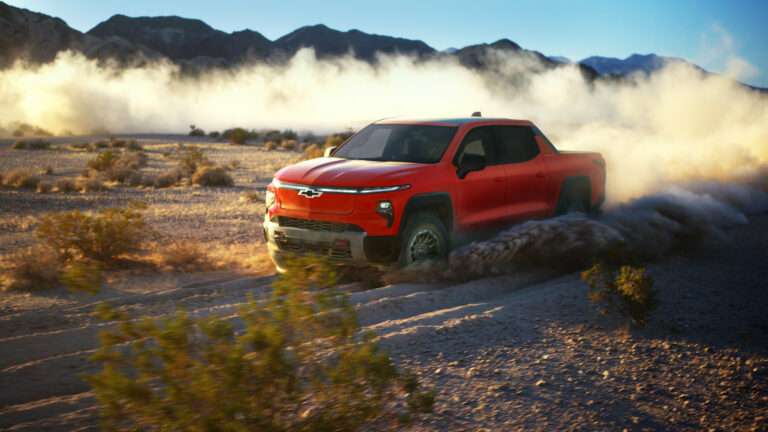Volkswagen’s Hybrid Future & Platform Legacy
Volkswagen’s hybrid future & platform legacy is evolving. Discover how VW balances nostalgia with electrification.
How VW’s past is driving its future evolution in the U.S. market
Volkswagen’s journey in America has always been a dance between heritage and innovation. From the humble Beetle to the bold ID series, VW’s product planning philosophy under the guidance of leaders like Serban Boldea remains grounded in creating value, platform efficiency, and brand consistency. In today’s climate of electrification, trade volatility, and consumer demand for SUVs and hybrids, VW’s legacy thinking may be its strongest weapon.
Why does this matter right now?
We’re at a pivot in the industry: hybrid adoption is surging as a bridge between combustion and full-electric models. According to Automotive Research, 77 percent of U.S. repair shops have already seen more hybrid vehicles in their bays. Meanwhile, VW has publicly committed to HEVs as part of a premium reorientation in markets like the U.S. (CarBuzz).
Combine that with looming trade pressures, software differentiation, and supply chain shifts, and VW’s product planning decisions could determine whether it leads or lags. The lessons from the Beetle, Golf, and Bus still echo today in decisions about shared platforms and product spacing.
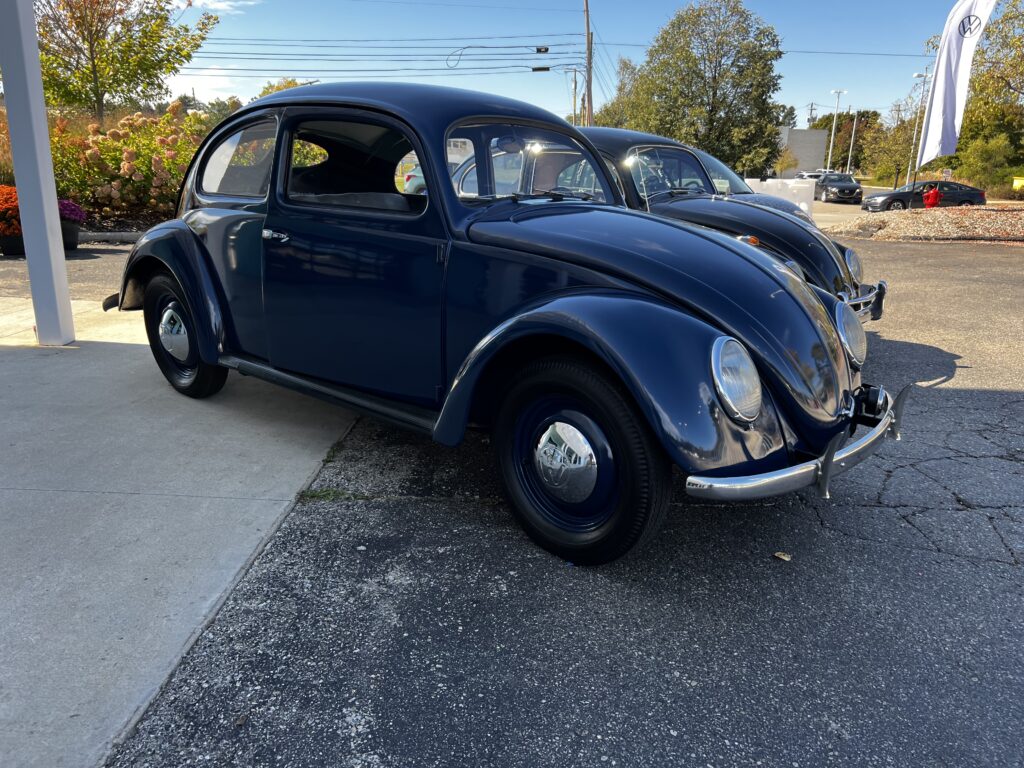
How does it compare to rivals?
Rival brands, Toyota, Honda, Ford, lean heavily on hybrid or full-electric transitions with strong economies of scale. VW’s advantage lies in its platform legacy: VW’s MQB architecture already underpins SUVs like the Atlas, enabling flexibility in body styles and powertrain options. Boldea outlined how moving the firewall forward and optimizing interior packaging gave the Atlas a roomy cabin on relatively compact footprints.
However, rivals often enjoy more aggressive branding and marketing in the U.S. EV space. Tesla, Ford’s EV push, and Hyundai’s aggressive hybrid/EV rollout put VW in a competitive catch-up mode. VW’s focus on internal platform consistency is a strength, but some critics argue it’s too conservative in software and marketing muscle.
VW’s hybrid push is not simply cosmetic. The automaker has said it will prioritize conventional hybrid models rather than plug-in hybrids in the U.S., reducing weight, complexity, and cost burdens (CarBuzz). That decision contrasts with many rivals who are doubling down on PHEVs or pure BEVs.
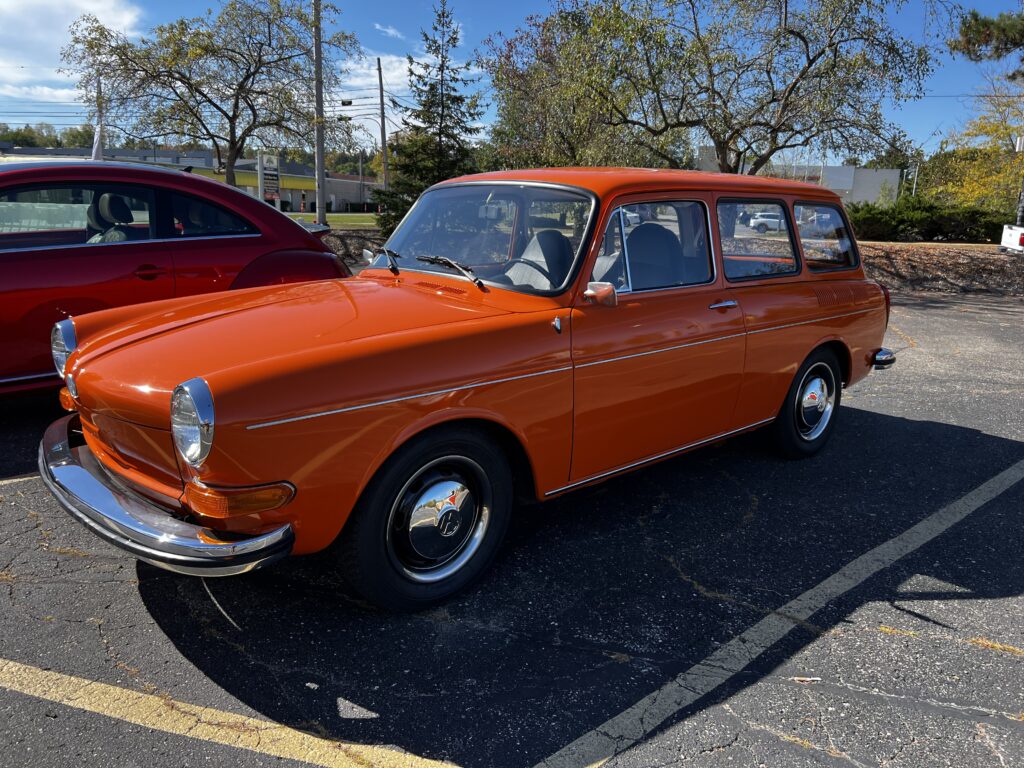
Who is this for and who should skip it?
If you’re a VW fan, a buyer weighing between hybrid SUVs, or someone watching how legacy automakers fight for relevance you’ll find this deeply relevant. Analysts, engineers, and platform nerds will appreciate the behind-the-scenes reasoning about space utilization, cost control, and brand heritage.
If, however, you’re only looking for quick EV comparisons or short-term deals, this is not your how-to pick guide. This is about strategy over shiny features. If you already follow our piece “2024 Jeep Grand Cherokee Review,” you know we go deeper than spec tables.
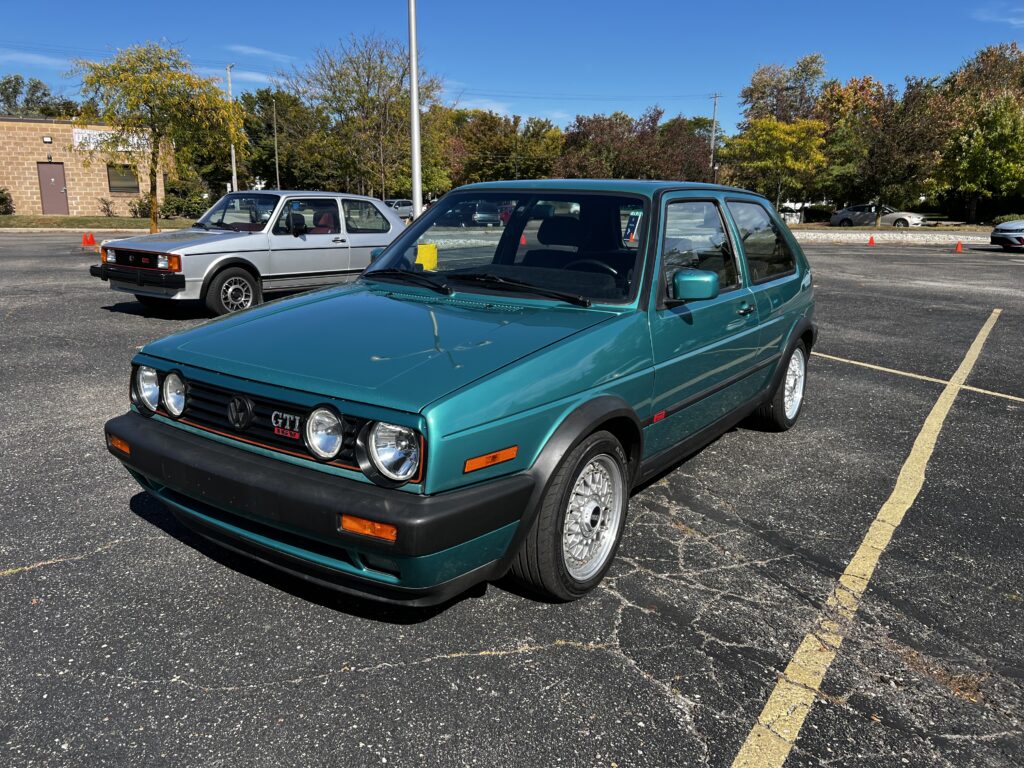
What is the long-term significance?
Platform thinking is VW’s core competitive moat. From the Beetle to the Golf, to derivatives like the Bus, VW built its identity on modular, scalable architecture. Today, the leap into hybrid and electric architectures must preserve that DNA or risk diluting the brand.
Nostalgia plays a role Boldea referenced the original Beetle and Bus when discussing retro revivals like the ID Buzz, which mimics classic proportions thanks to its EV layout. Yet, recreating those proportions under modern safety rules is only viable in electric architecture. The Bus or a revived Thing with an ICE setup would compromise form and function.
Volkswagen’s broader group strategy (VW Group Strategy) aims to balance strong software, electrification, and platform resilience through 2035. That means shared cell design, digital ecosystems, and a leaner product stack. Their “Transform 2025+” roadmap underscores the intention to reimagine brand positioning while leveraging core strengths (Media VW TRANSFORM 2025+).
The hybrid bridge, platform synergy, and carefully chosen retro revivals are pieces in a larger chess game. Time will tell whether VW’s disciplined ethos beats rivals’ aggressive gambits.
For more information, follow @nikjmiles and @testmiles on all social media platforms.
